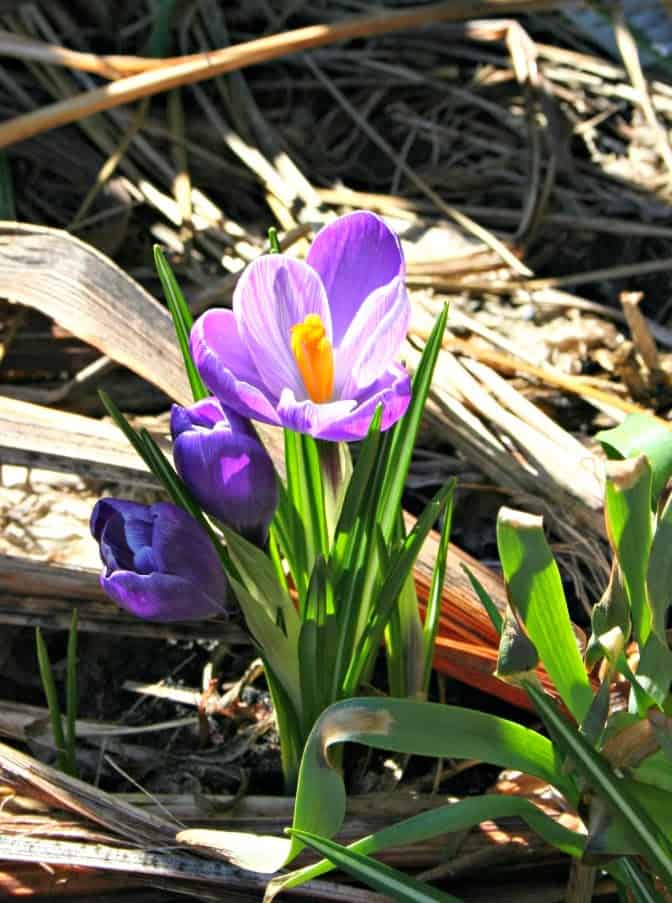But careful research into growing figs in Virginia tells me that might not be necessary if I can find a warm microclimate on the property, especially a southern exposure near a wall. I’m seriously thinking about ripping out the rhododendrons (my husband’s pet plants) along the southern wall of the house. One of them is doing great; it’s lush, and blooms freely each spring, but the leaves are a sickly yellow this year and I suspect it’s not taking up nutrients well thanks to a soil imbalance. I hate fussing with landscape shrubs. It’s not my style. The other rhododendron we planted at the same time is really looking bad. It’s about a third of the size of the other one and has skimpy growth. Now if I rip up that rhododendron and plant a fig there, it’s got the perfect micro climate. A hot, dry area with full sun next to the house, which can radiate heat during the winter months and cool autumn evenings. Even better, the dryer vent is near that area, so during the winter the air tends to warm up around there a few degrees when I do the laundry.
Now which tree to plant? My research indicates that the Brown Turkey fig is probably best. It seems hardy, the fruit is said to be good for fresh eating and preserving, and it doesn’t grow huge. I like that. On the other hand, I’m totally in love with Italian Honey figs. These are green fruits with an amazing sweet center. When I worked in Manhattan at the financial services firm, one of the guys brought in a huge container of these figs. He had an ancient tree growing in his front yard in Astoria, Queens (see what I mean about every Italian family having a fig tree in Queens? It’s true). Each fall, the tree produced abundant fruit, and he’d bring buckets of it into the office. I couldn’t get enough of the Italian honey figs and fell in love with fresh figs thanks to Anthony’s gift to the office.







Hi! I had a fig tree — brown turkey, as far as I know — do beautifully until this last winter, which I was absolutely sure had killed it. For the first time I had not protected it from winter weather, and of course the winter was 100-year cold. So I went back to Mt. Vernon (3/4 mile from where I live) and purchased another. (The Estate sells plants propagated from those on the Mt. Vernon property.) I planted it a couple of feet from the ‘corpse’ — and of course two weeks later the #&(&(S# root sent up new shoots. LOTS of new shoots. And the new tree is doing nicely. I will protect all of them over the winter — then harvest the year old shoots from the old rootstock and root them — and have a small fig orchard and be drowning in figs this time two summers from now . . . .
I just visited Monticello and looked up the varieties of figs Thomas Jefferson planted on the property. There are three I found:
– Green Ischia Fig
– Marseilles Fig (his favorite)
– Angelique Fig
Very interesting! Thanks for sharing it Eric.
Ii live in Salem VA. s.w. and have great success with brown turkey and especially with Chicago, which I believe to be the most cold hardiness of them all. I have bought them at Lowe’s at the end of the season and planted them in the ground in the fall and put lots of leaves around them and then when winter came I would put leaves on top.Every spring the ground would be flat with no signs of life.Then they would grow and in a few month’s they would be 5 feet tall and growing.Wow.
That’s really good to know! Thanks for sharing the information, William.